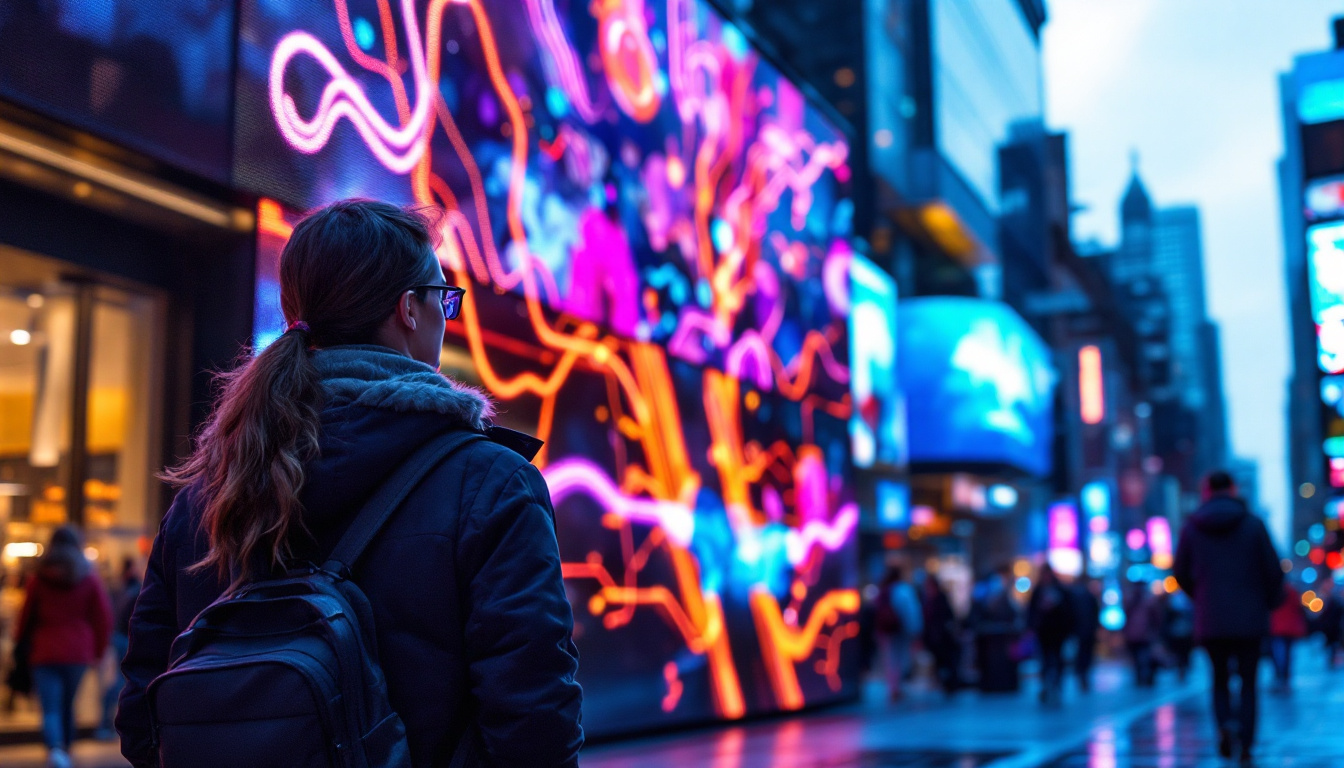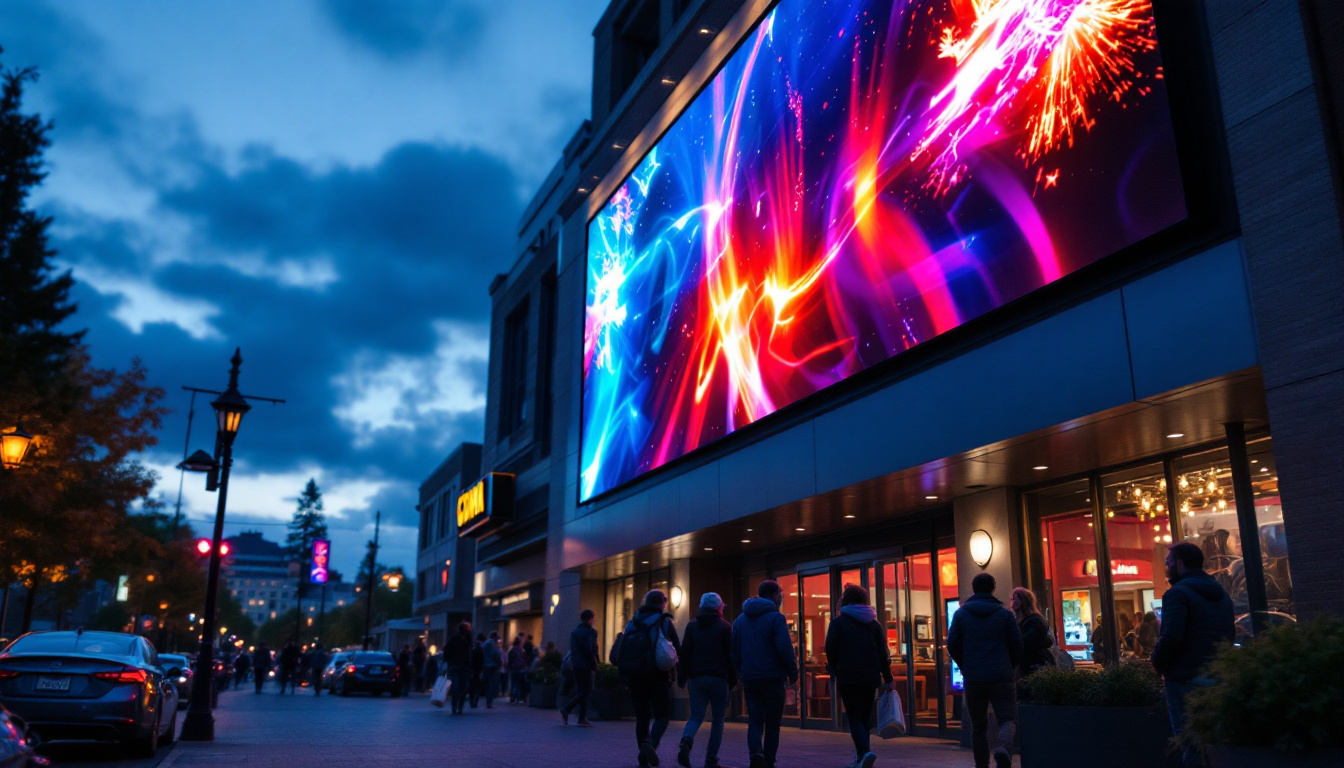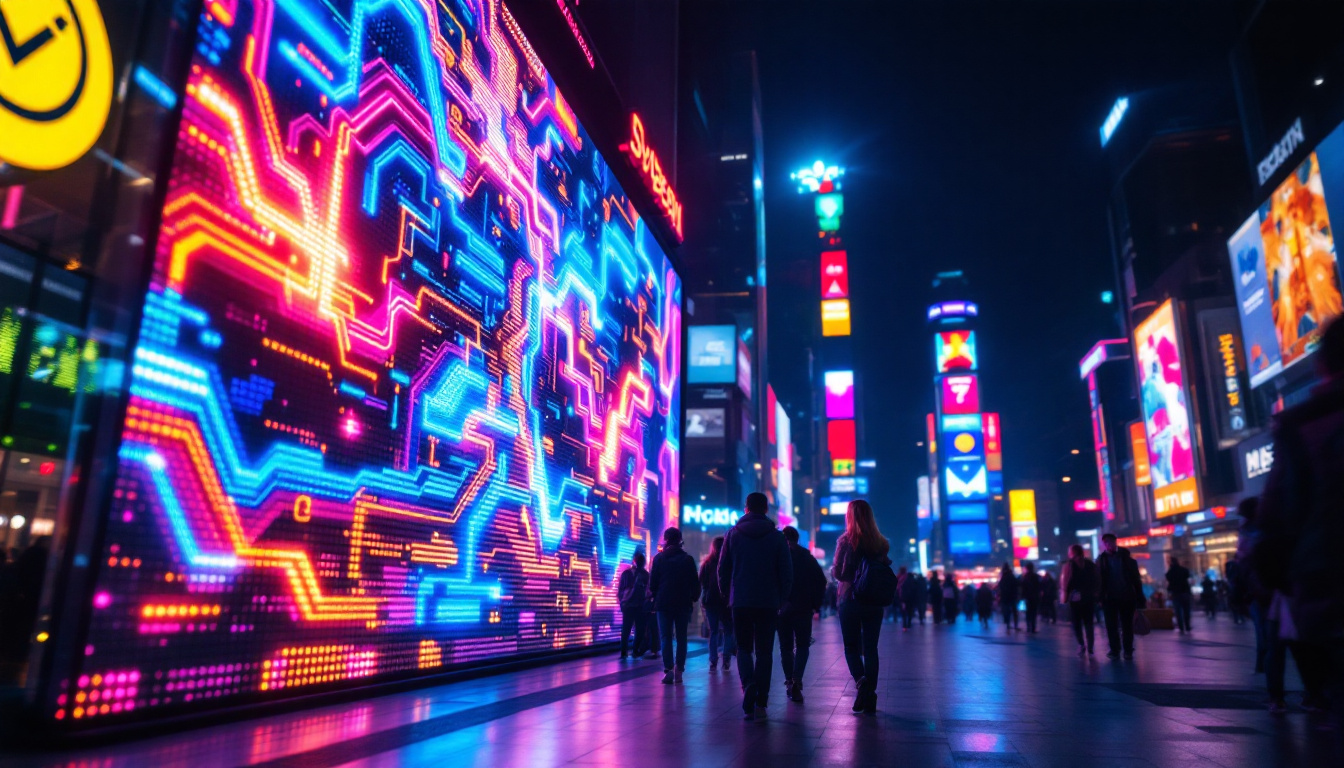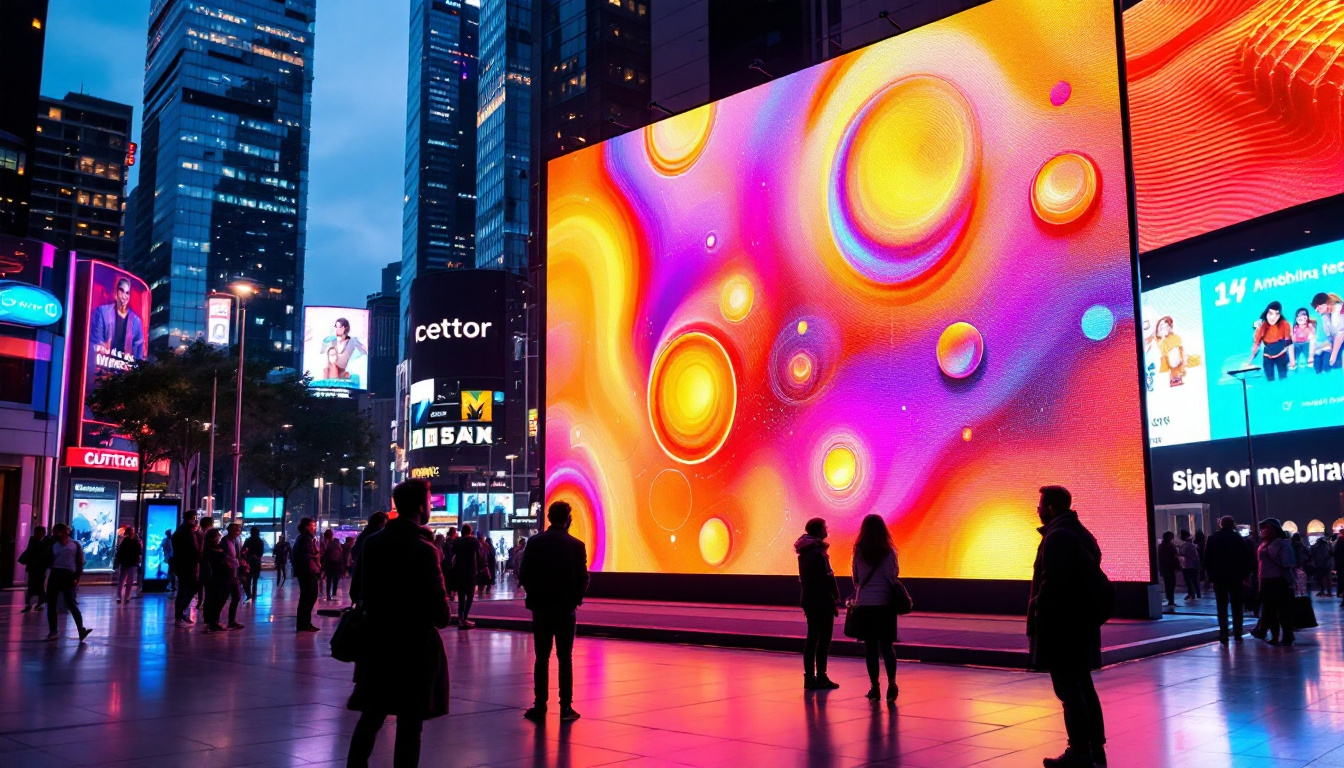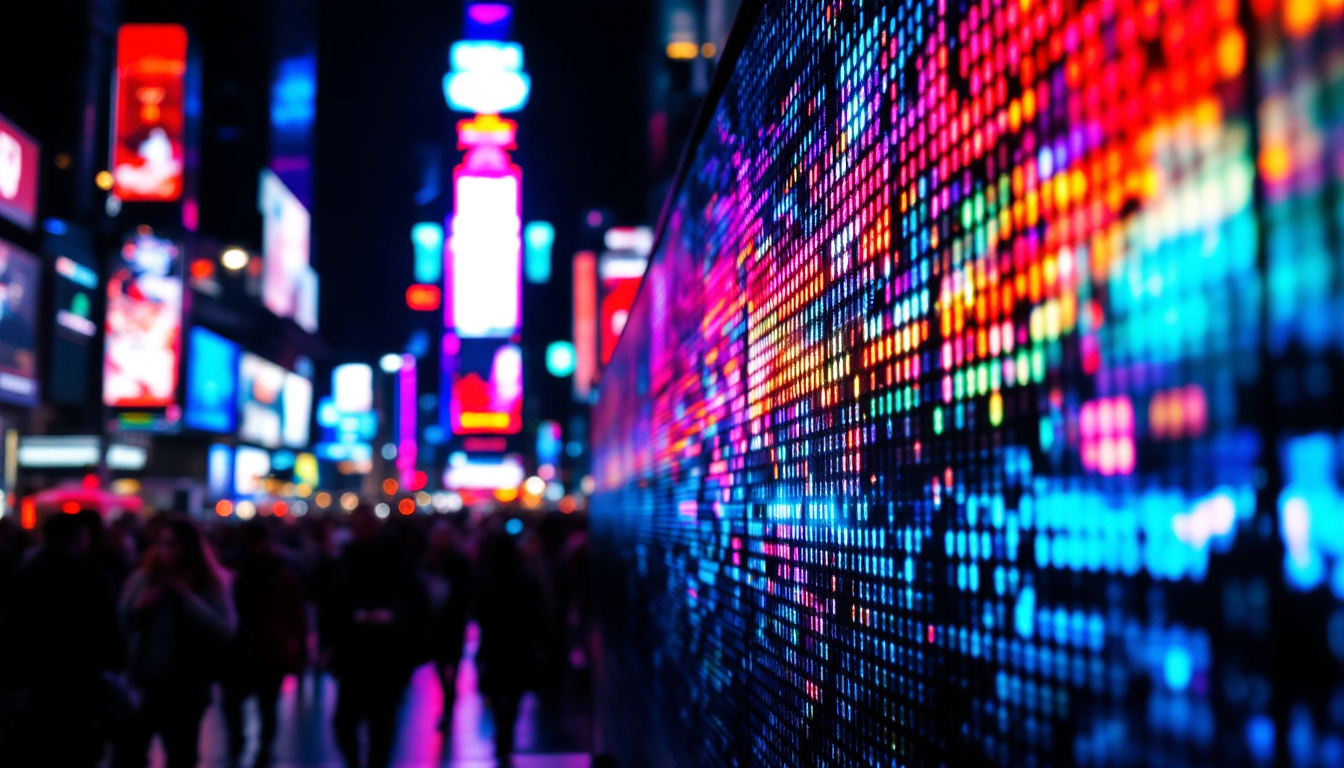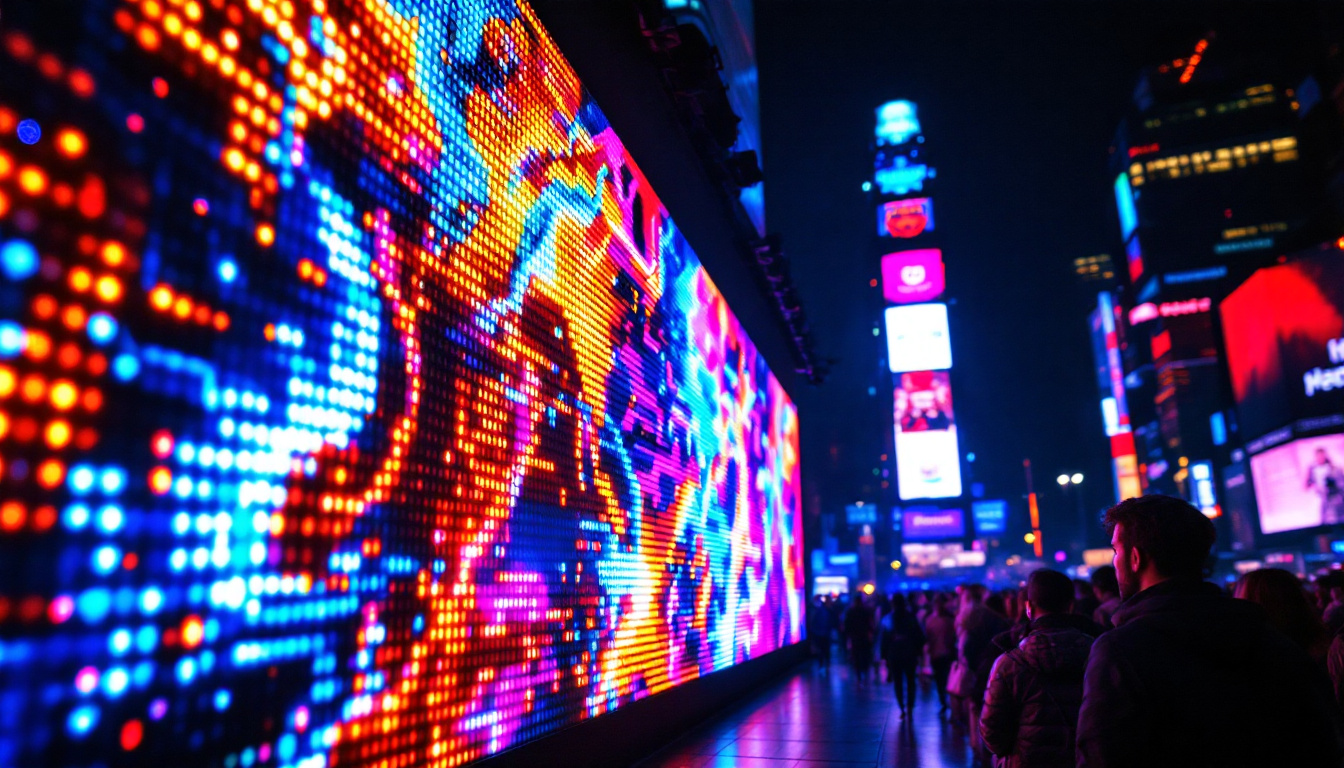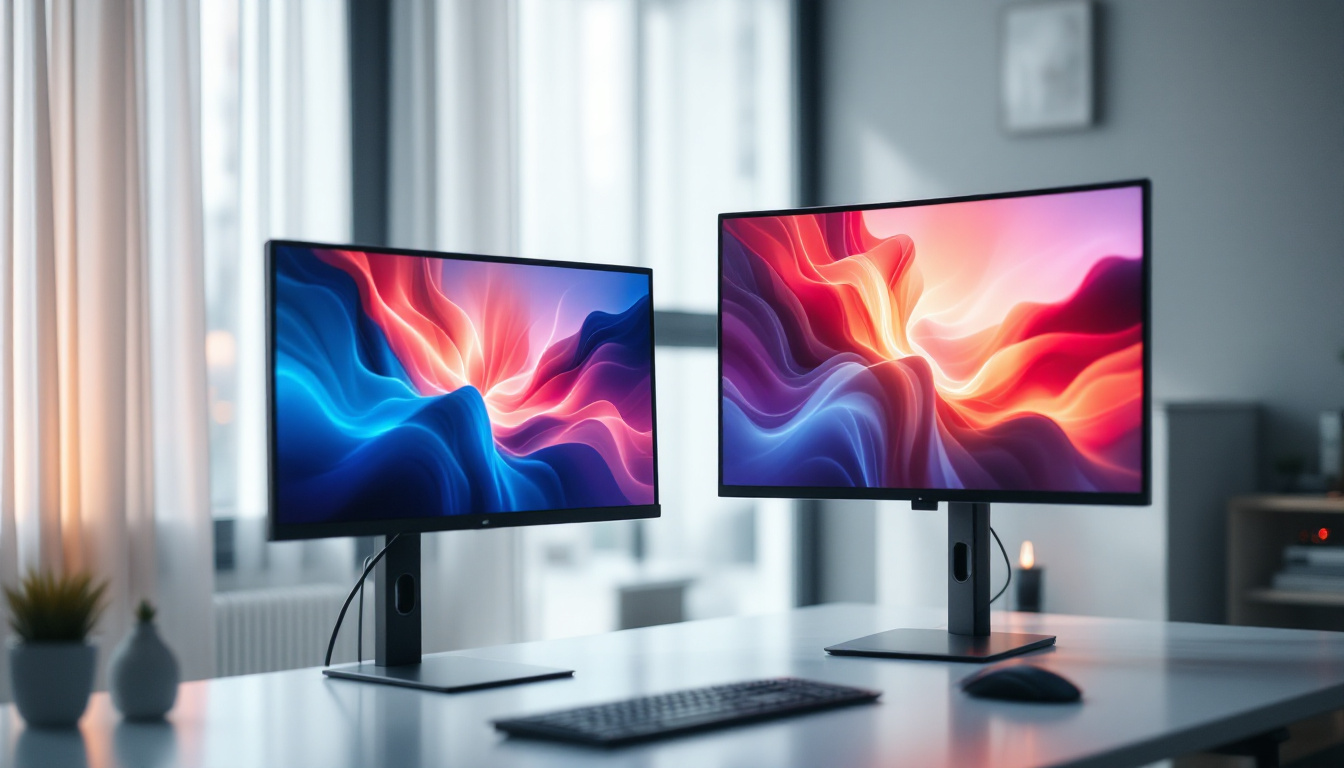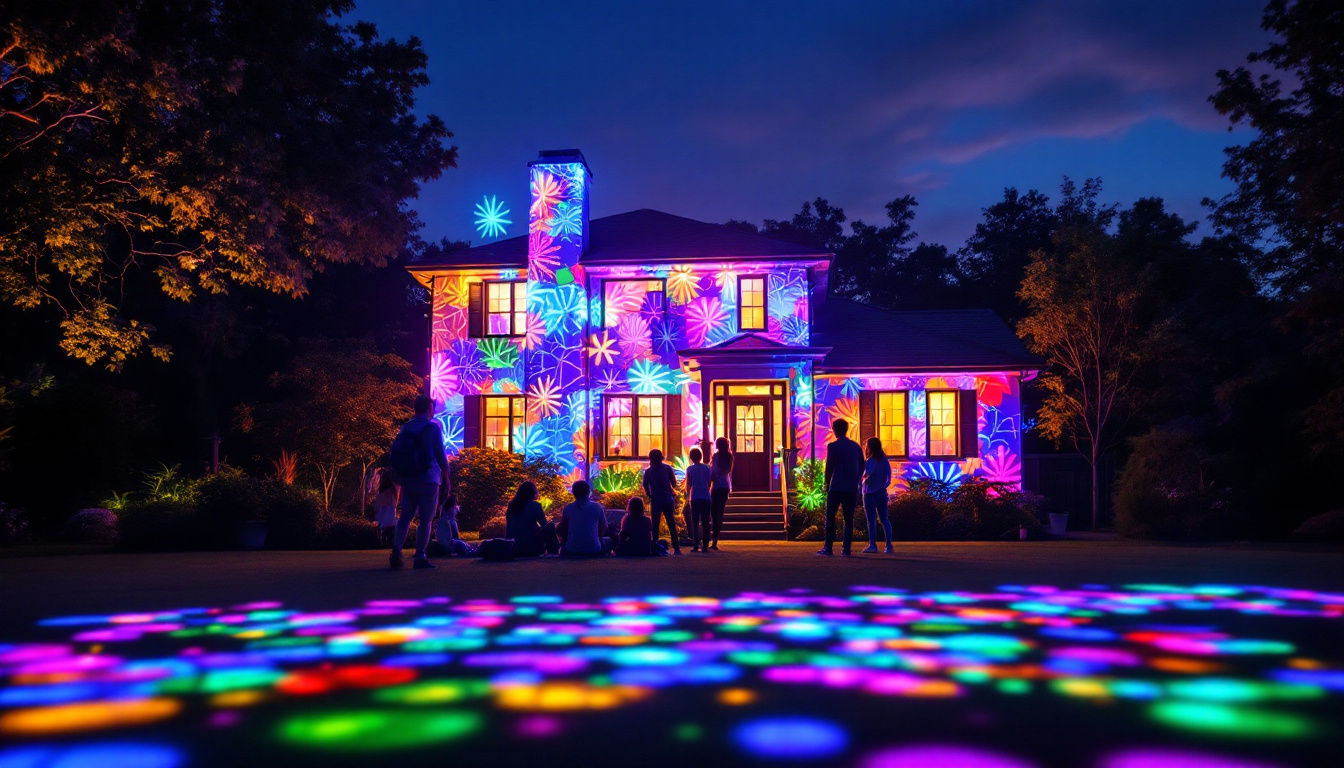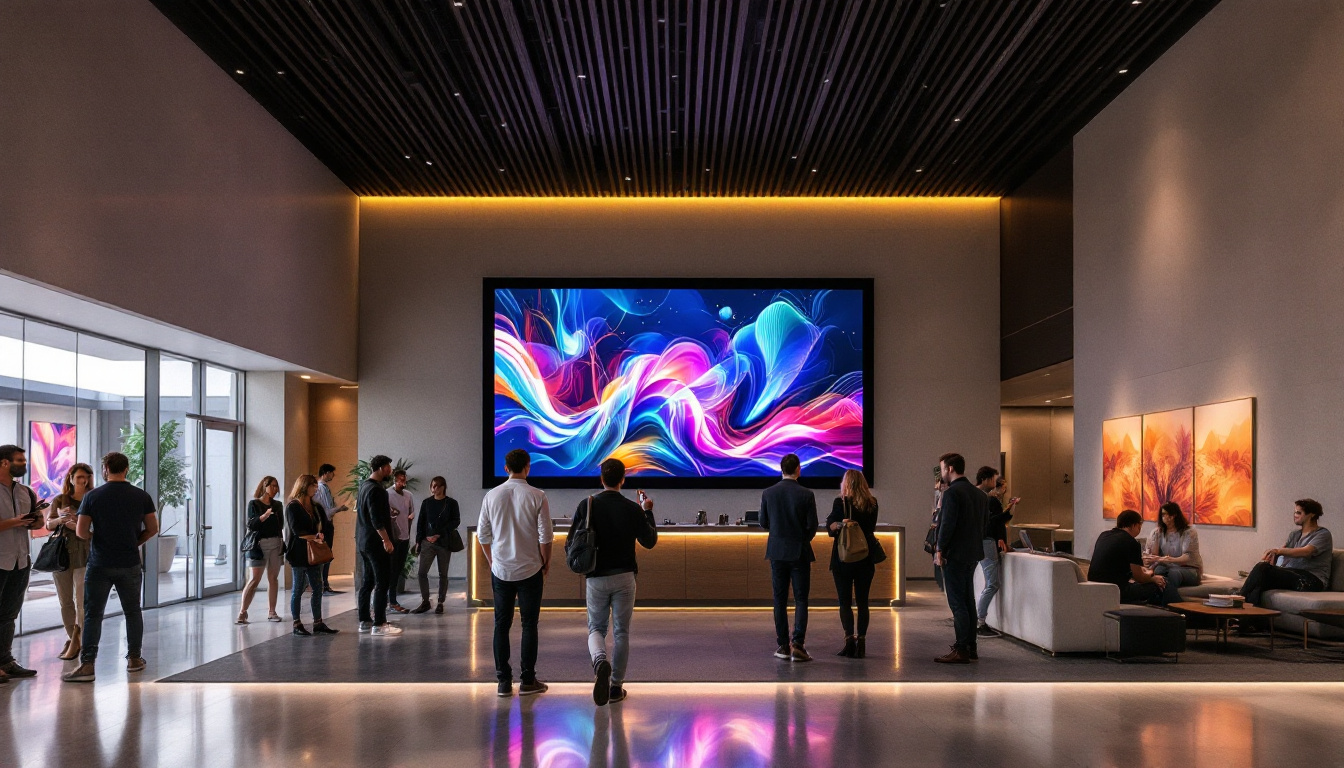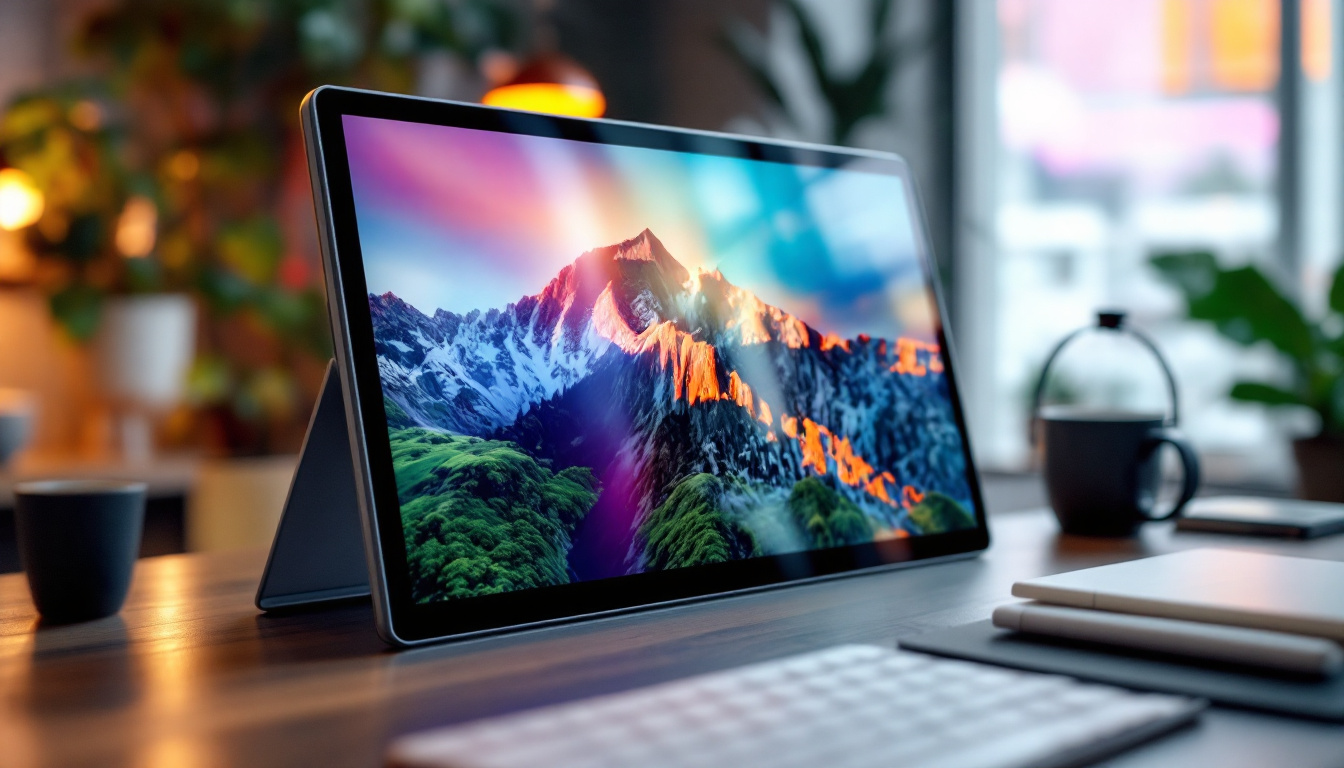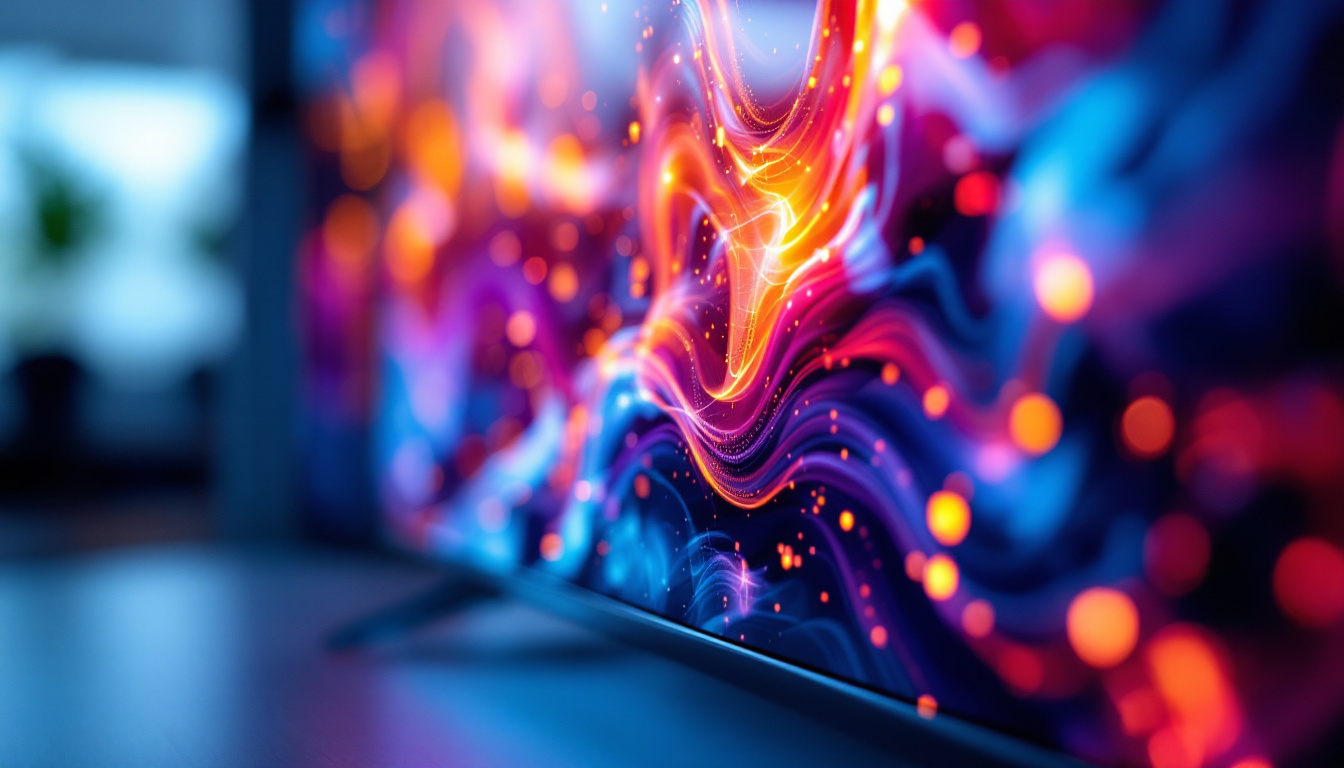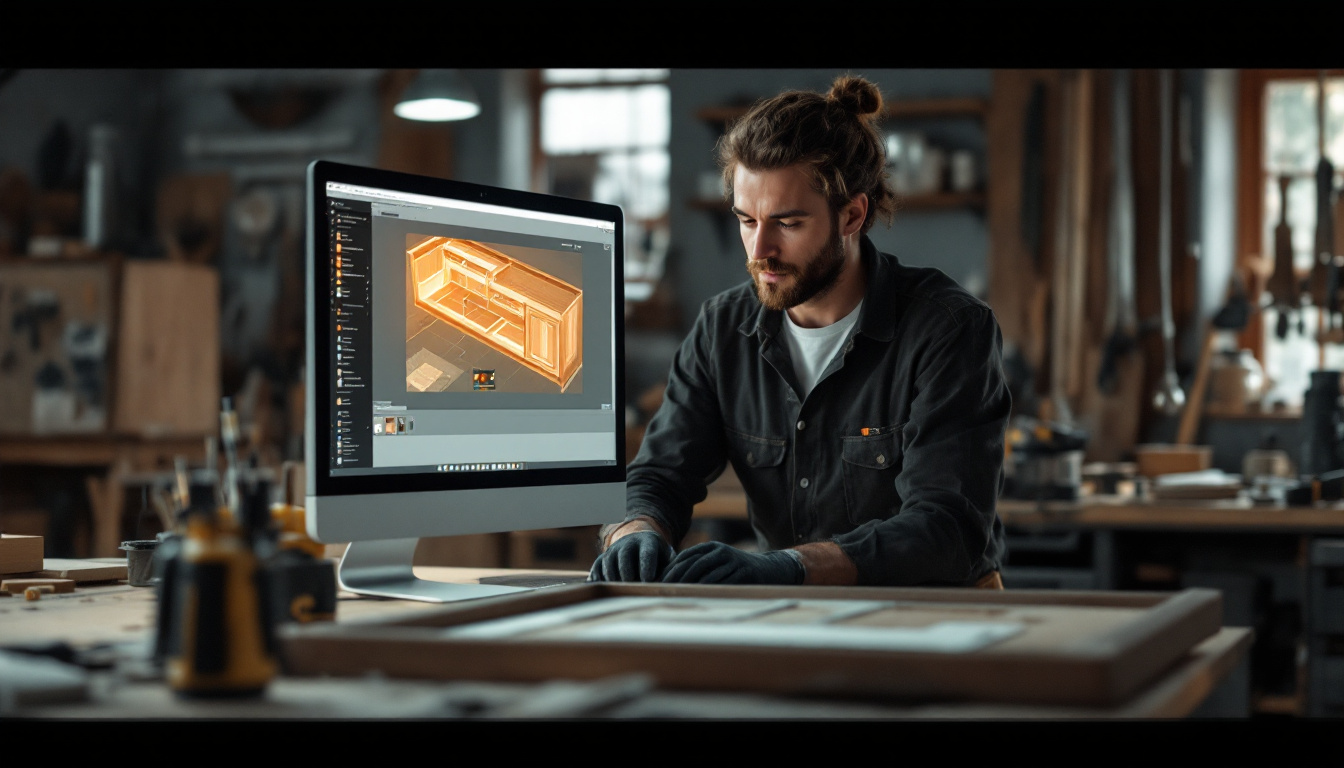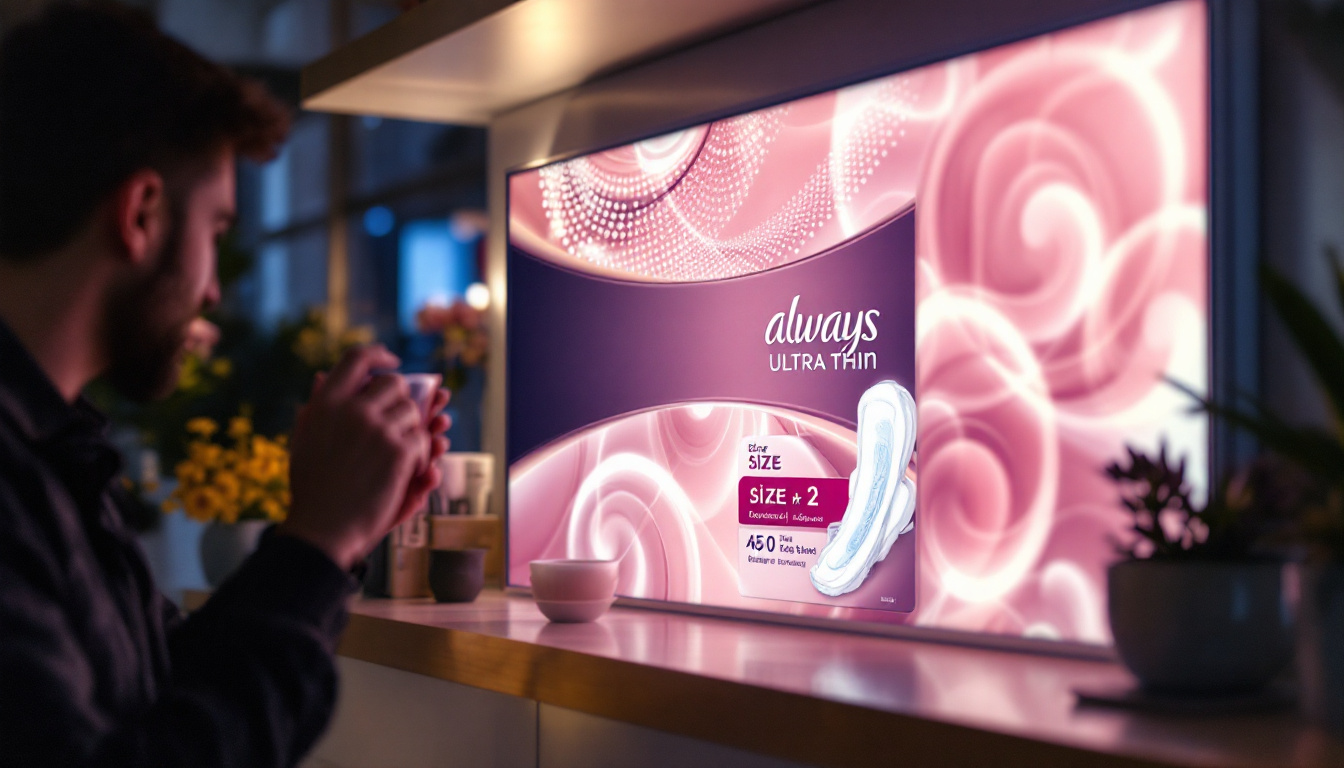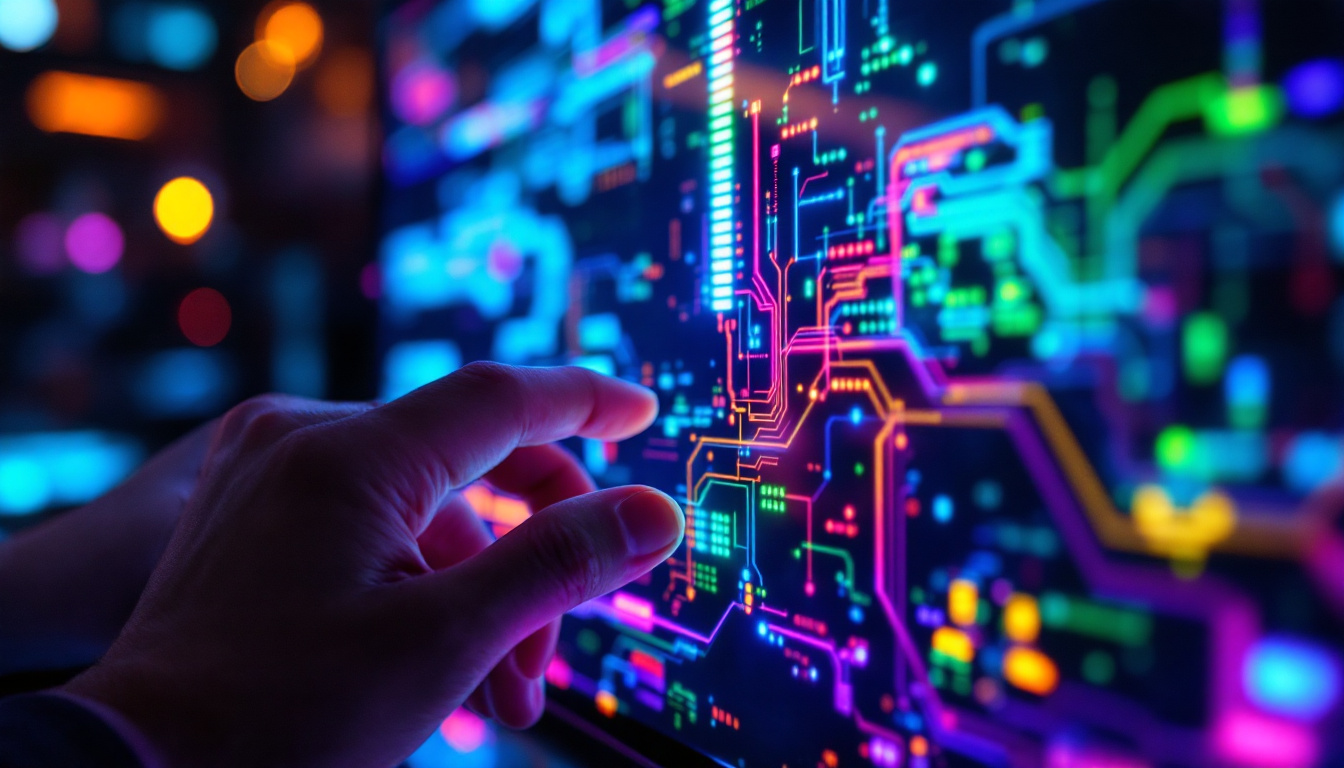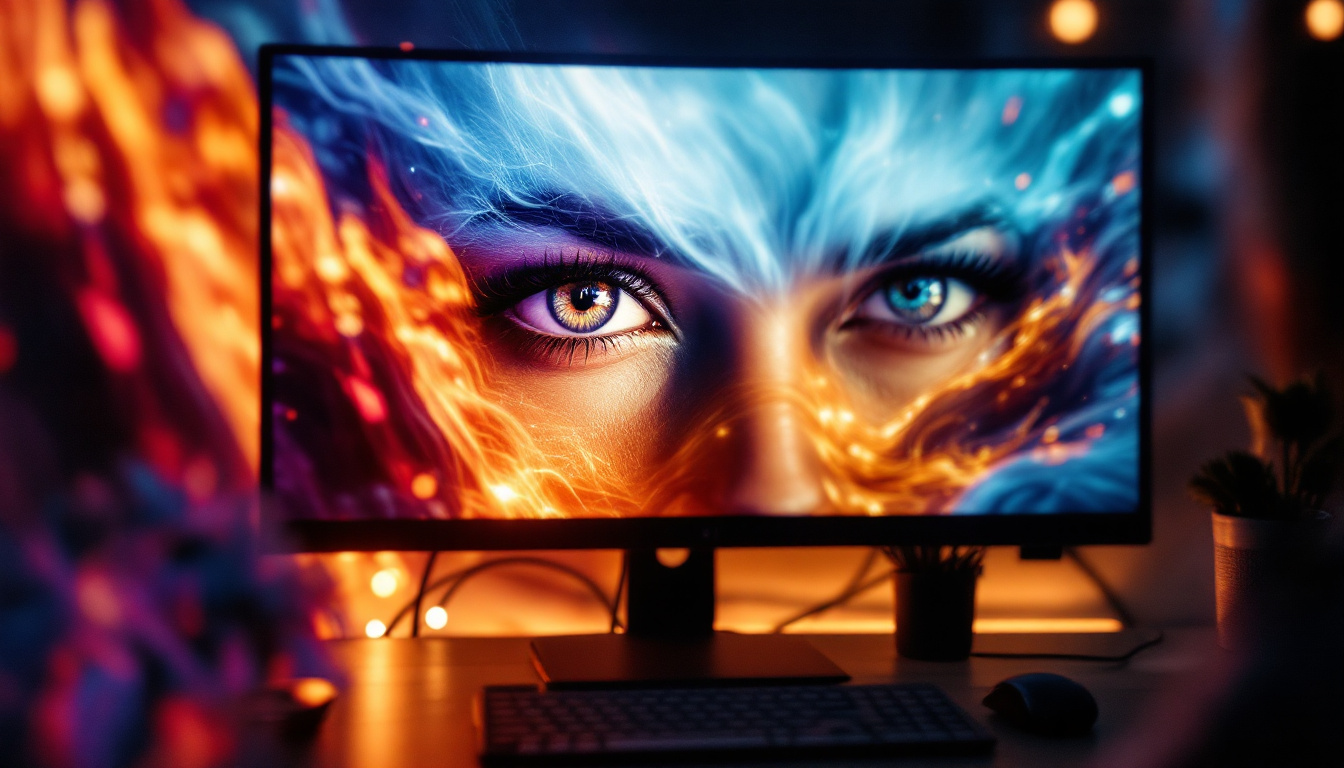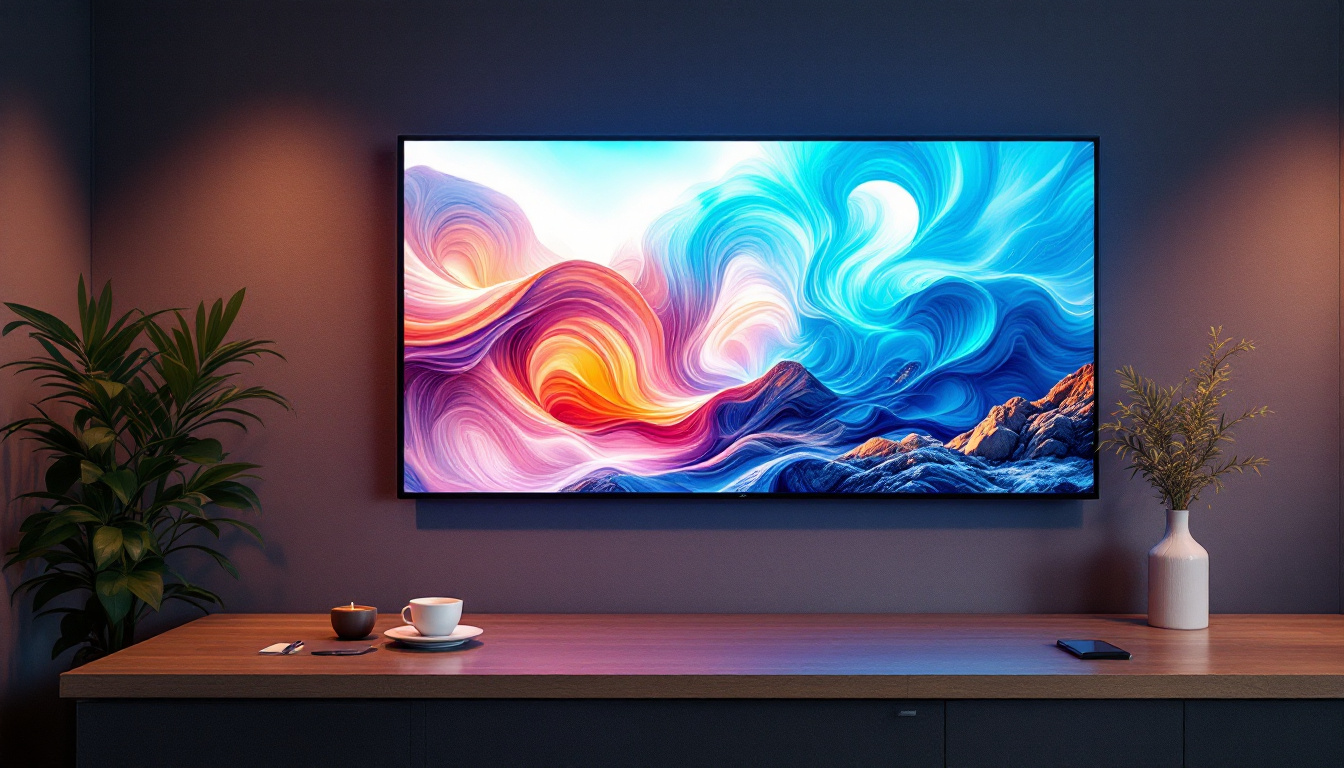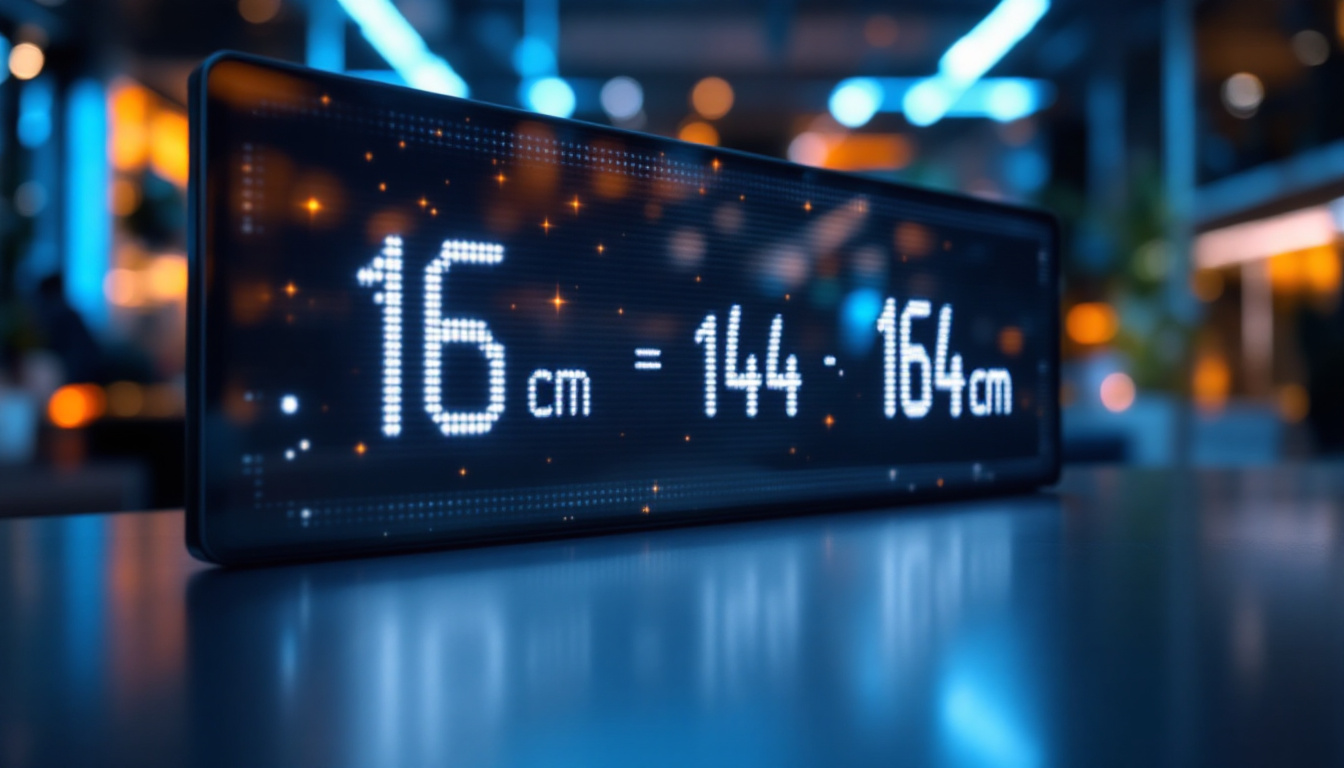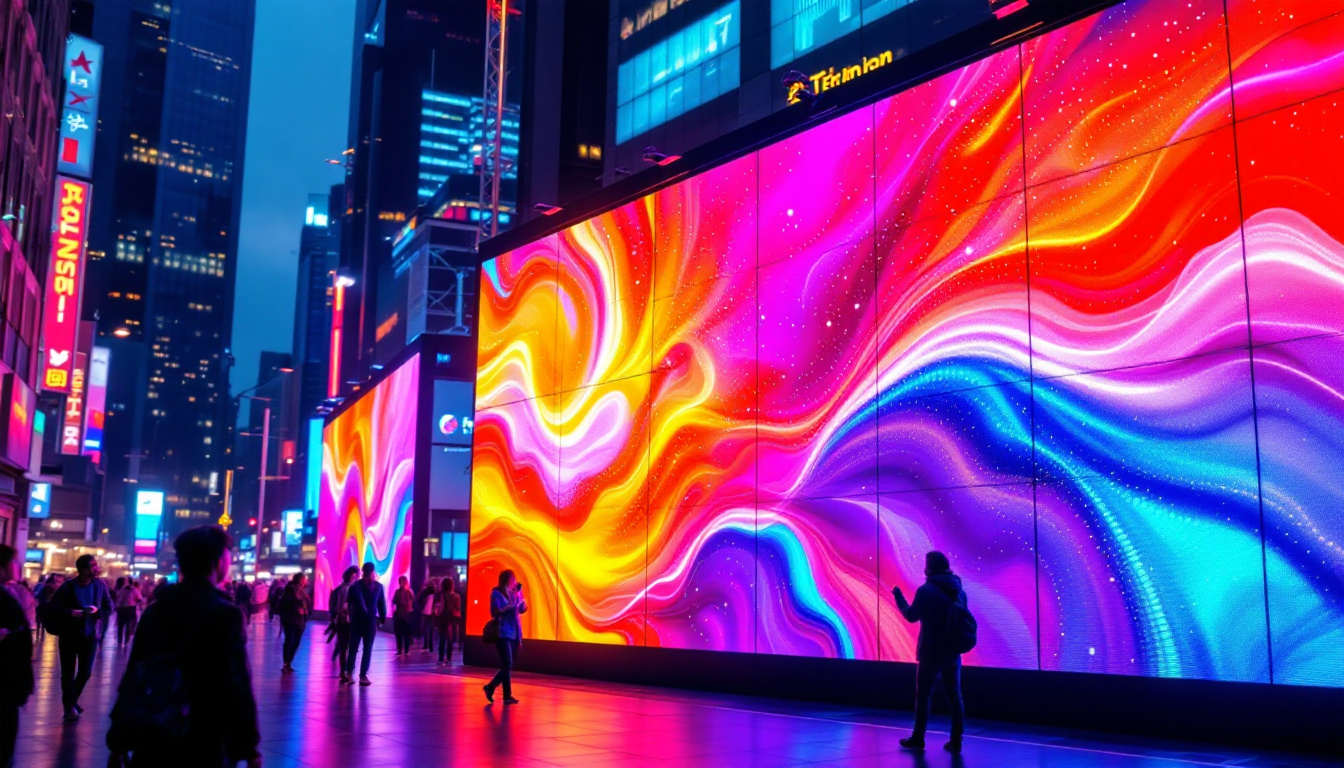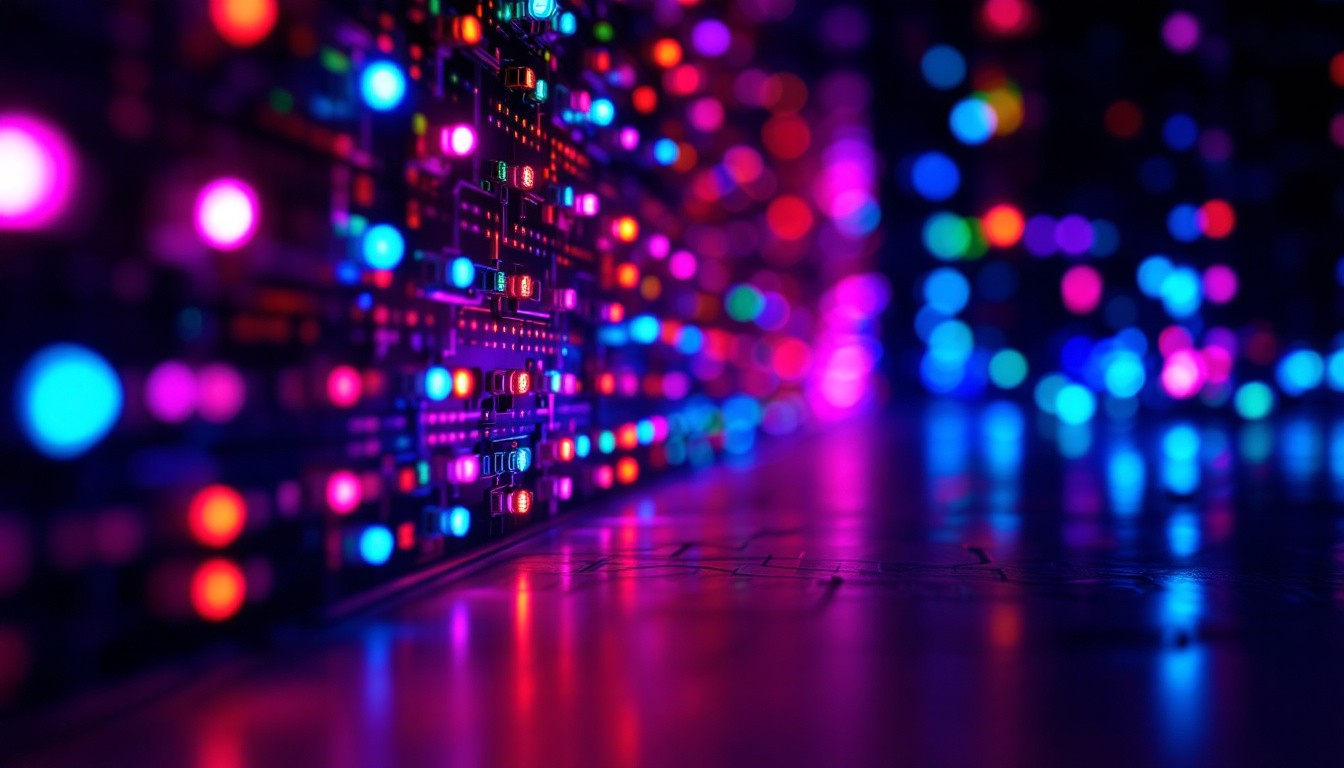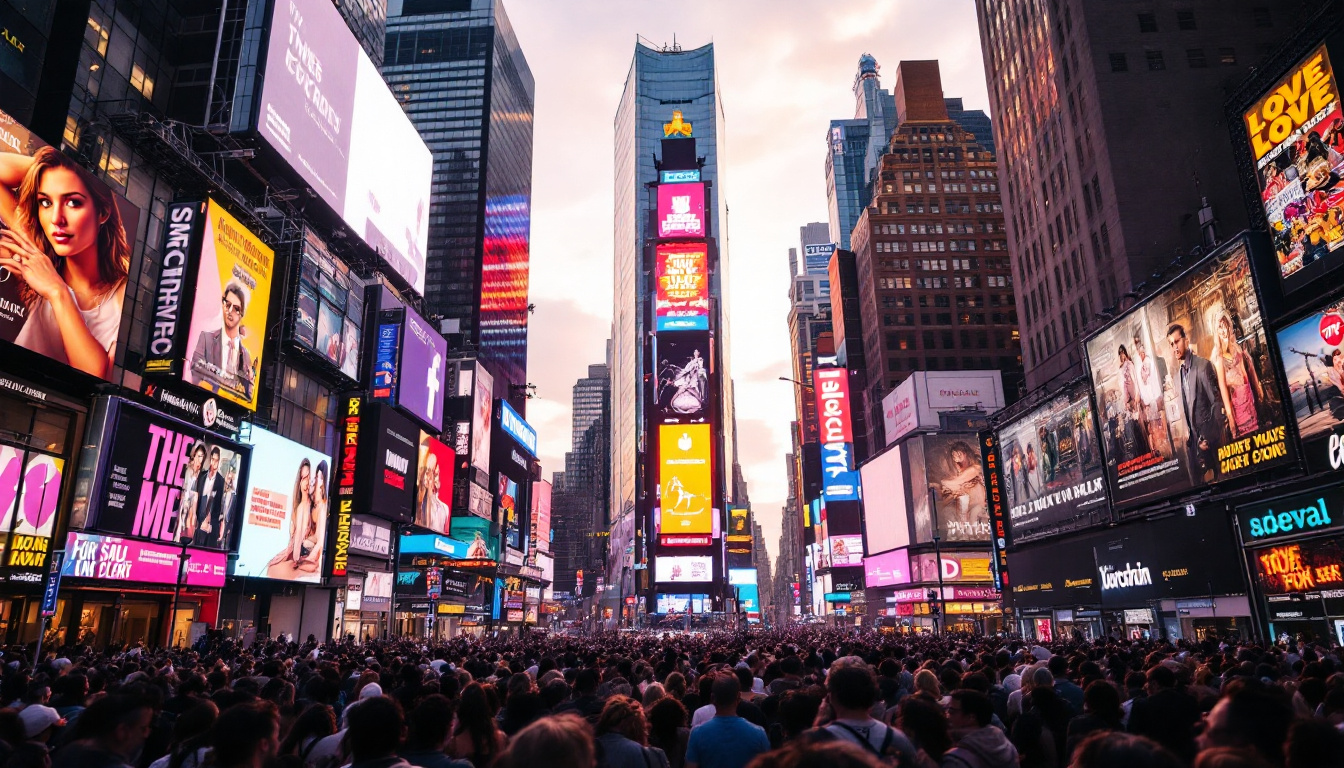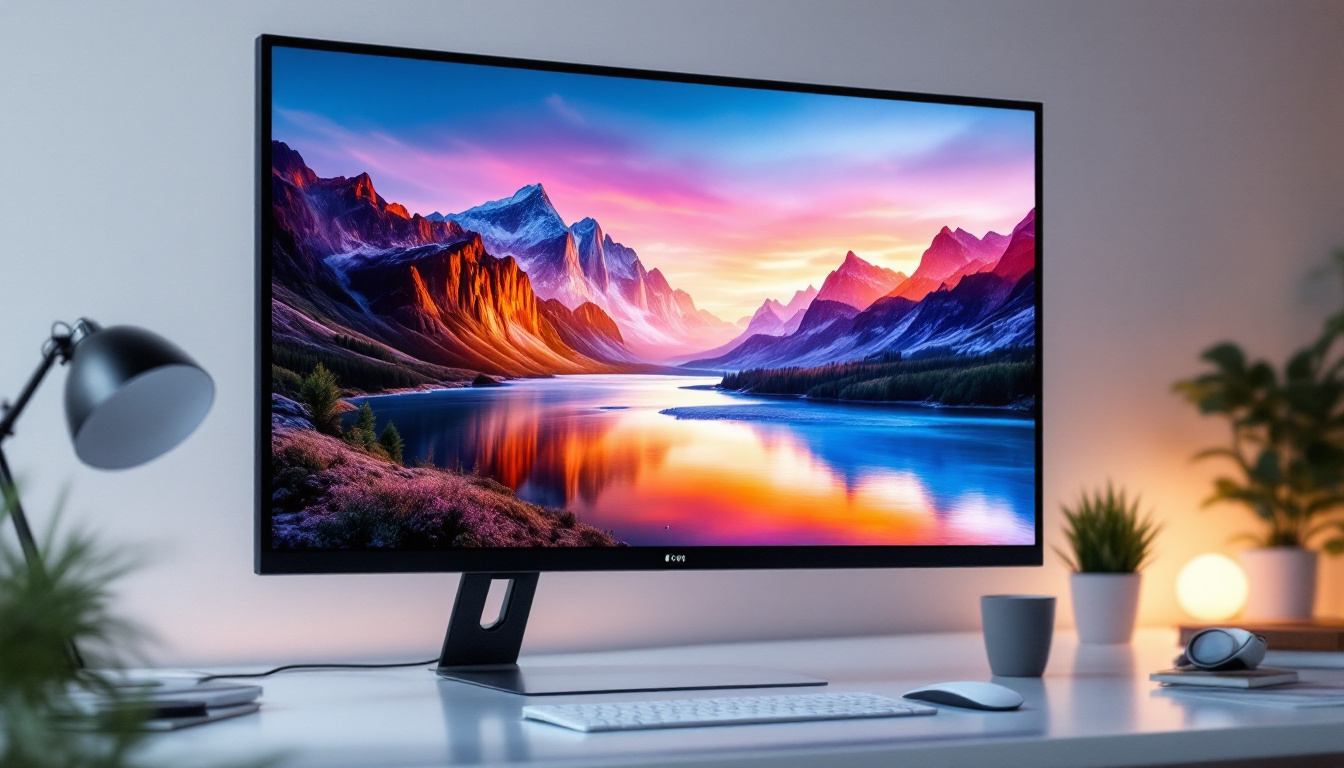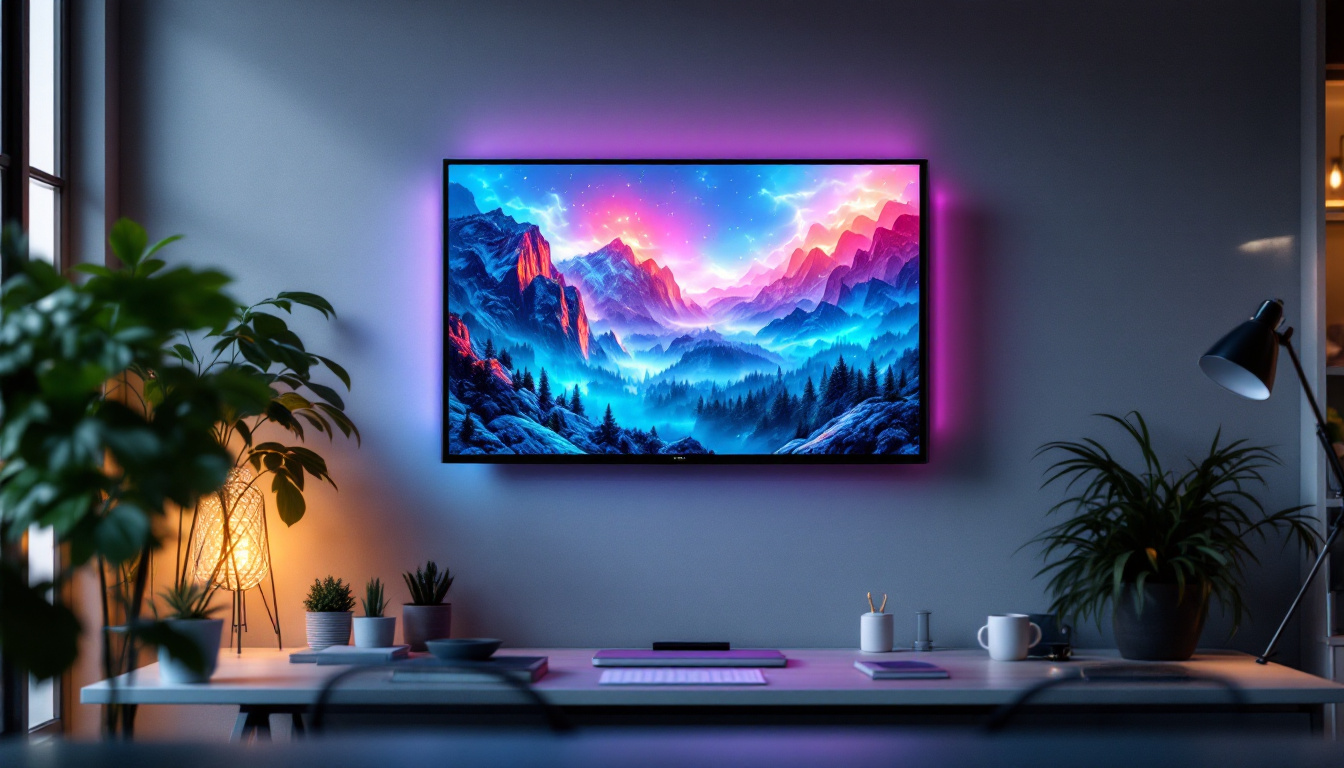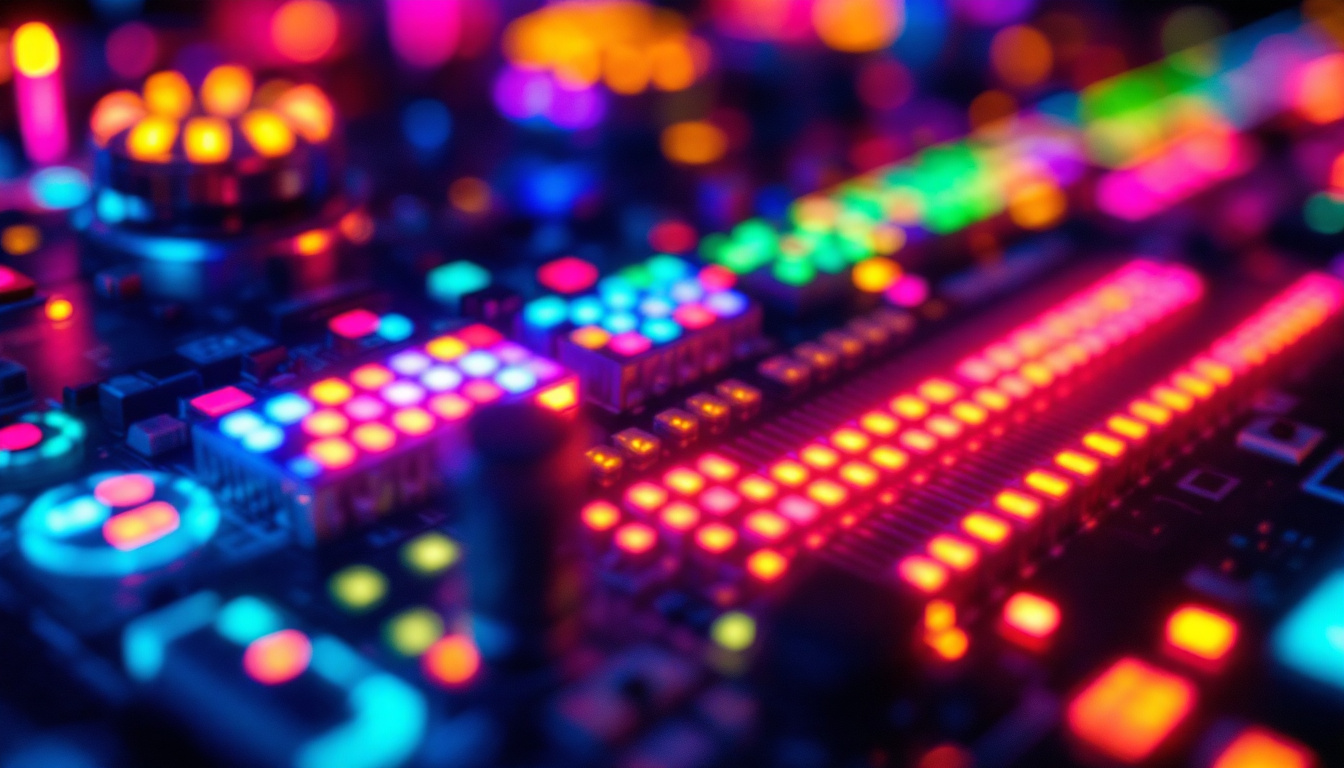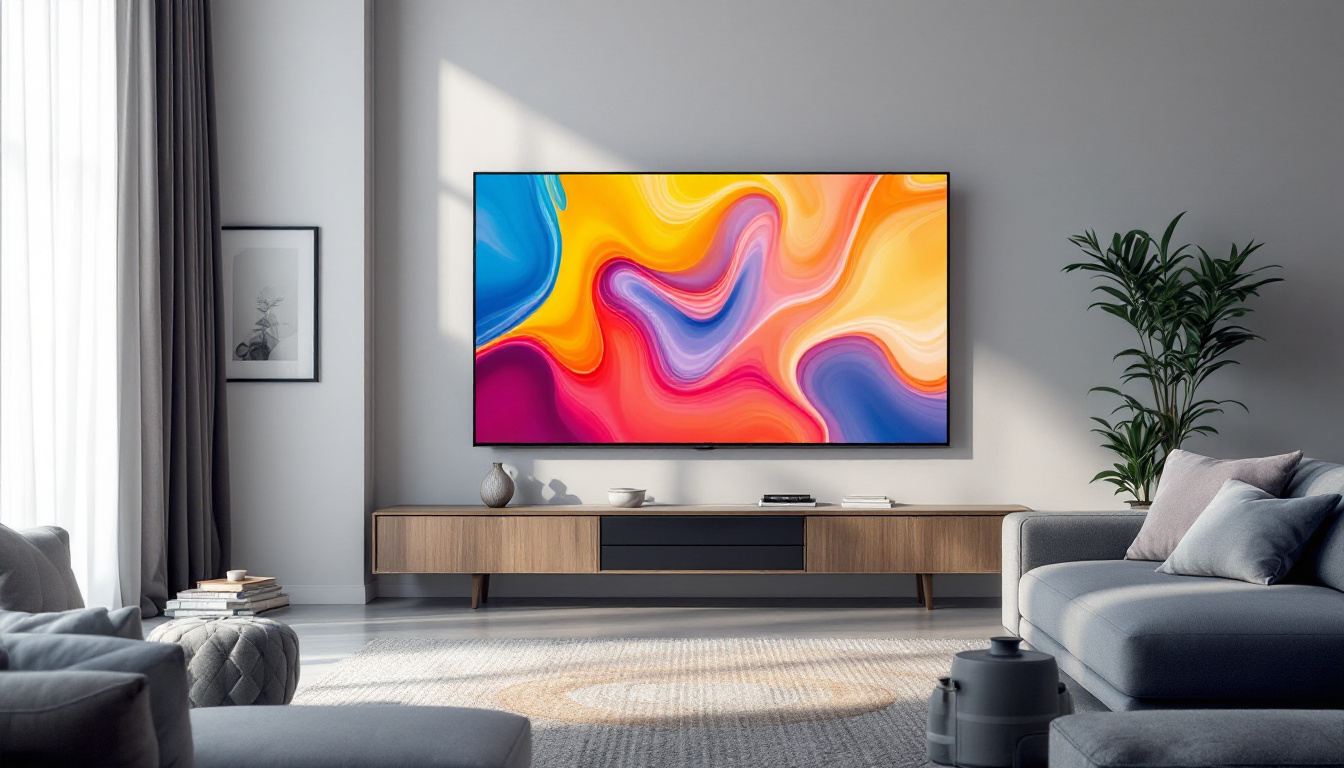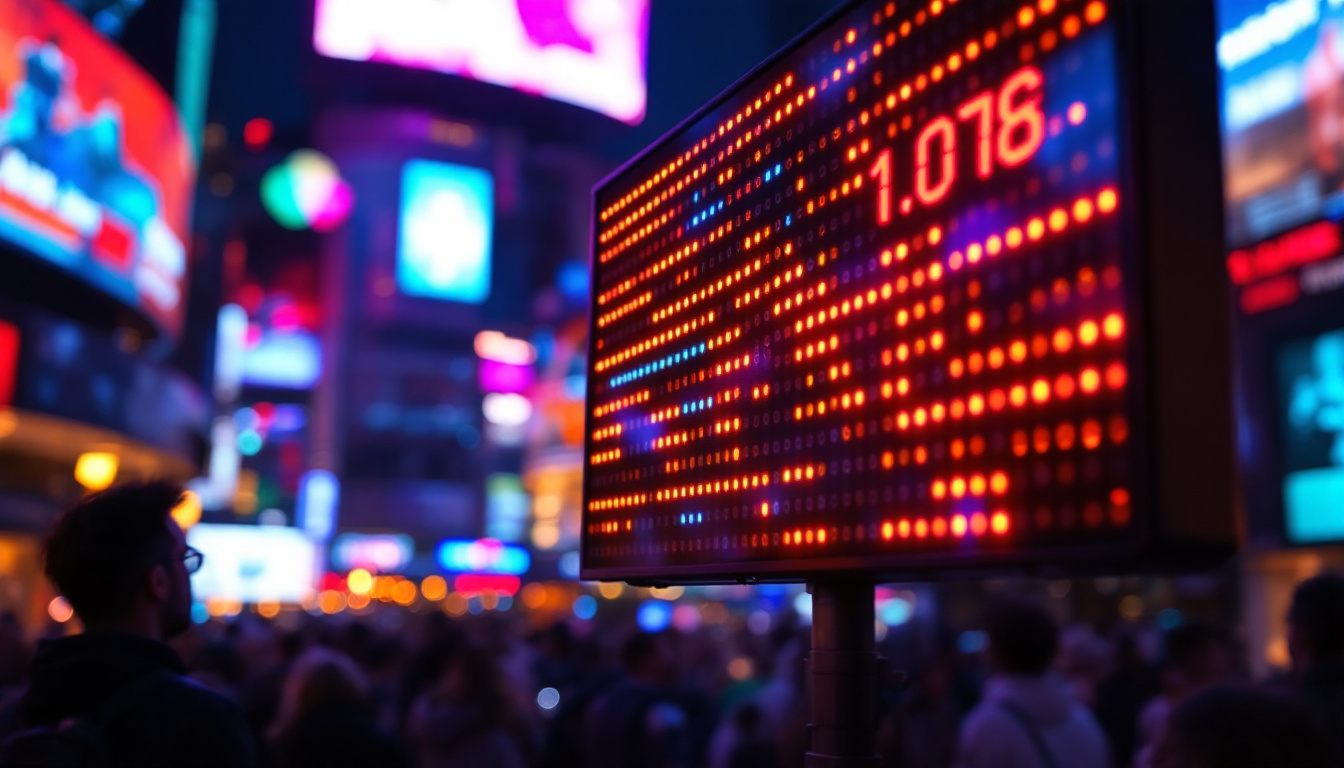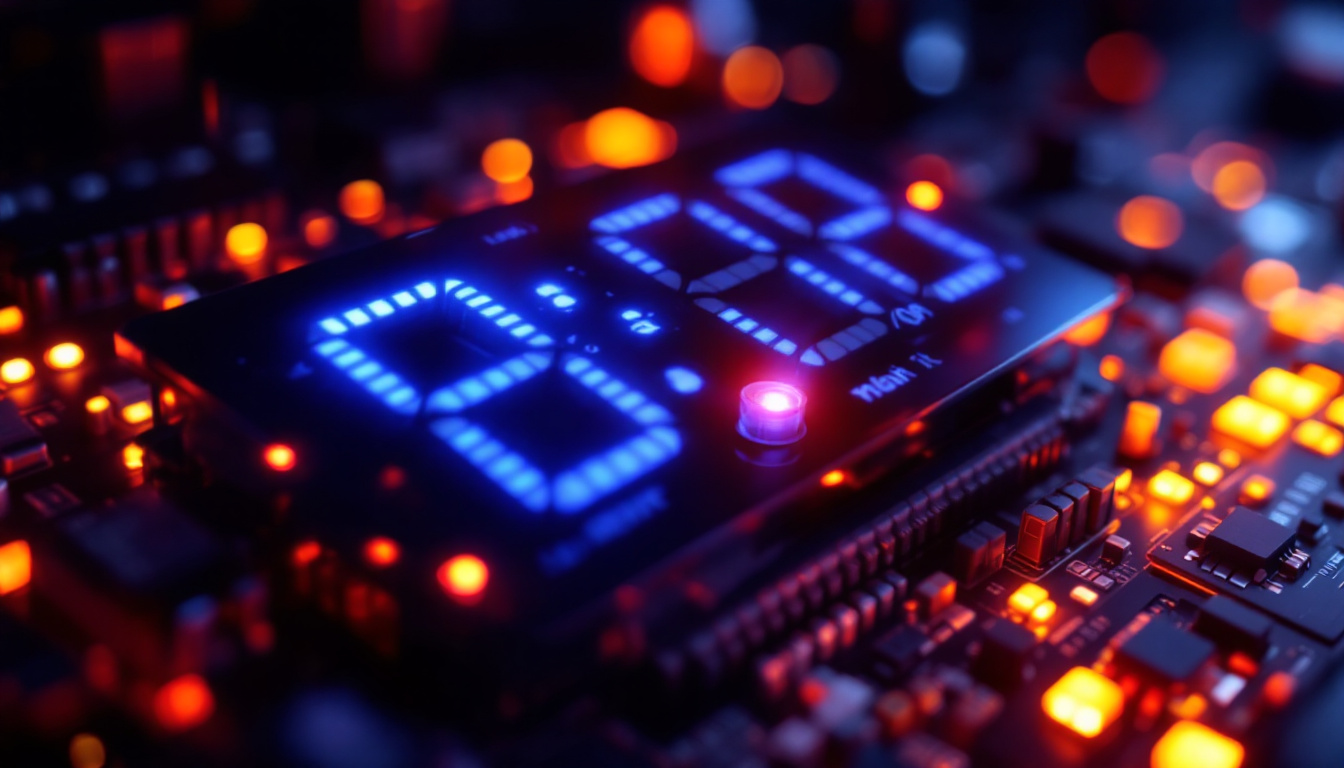In the ever-evolving landscape of marketing and advertising, promotional displays have taken center stage as a powerful tool for capturing consumer attention. Among these, LED displays have emerged as a popular choice, offering vibrant visuals and dynamic content that can significantly enhance brand visibility. This article delves into the intricacies of LED displays, exploring their technology, benefits, applications, and future trends.
Understanding LED Technology
Light Emitting Diodes (LEDs) are semiconductor devices that emit light when an electric current passes through them. This technology has revolutionized the way displays are constructed and utilized, particularly in promotional contexts. Unlike traditional lighting methods, LEDs are energy-efficient and can produce a wide spectrum of colors, making them ideal for creating eye-catching displays. Their longevity is another significant advantage, as LEDs can last up to 25 times longer than incandescent bulbs, reducing the need for frequent replacements and maintenance. This durability not only saves costs over time but also contributes to a more sustainable approach to lighting and advertising.
How LED Displays Work
LED displays are composed of numerous tiny LED bulbs arranged in a grid. Each bulb can be controlled individually, allowing for the creation of intricate images and animations. The combination of red, green, and blue (RGB) LEDs enables the display to produce millions of colors. When these bulbs are illuminated in various patterns and intensities, they create the full-color images and videos that captivate audiences. The versatility of LED displays extends beyond mere color; they can also adjust brightness levels based on ambient light conditions, ensuring optimal visibility at all times. This adaptability is particularly beneficial for outdoor displays, which must contend with varying weather and lighting conditions throughout the day.
Moreover, LED technology can be categorized into two main types: direct view and rear projection. Direct view displays are commonly used for outdoor advertising, while rear projection displays are often found in indoor settings. Each type has its unique advantages and applications, catering to different marketing needs. For instance, direct view displays are typically more vibrant and can be seen from greater distances, making them ideal for billboards and stadium screens. In contrast, rear projection displays offer a sleek and unobtrusive design, making them suitable for corporate environments and trade shows where space is limited.
Key Components of LED Displays
To fully understand how LED displays function, it is essential to recognize their key components. These include the LED modules, control systems, power supplies, and enclosures. The LED modules house the individual bulbs and are crucial for determining the display’s resolution and brightness. The control system manages the content displayed, allowing for real-time updates and scheduling. Power supplies ensure that the LEDs receive the necessary voltage and current, while enclosures protect the components from environmental factors. Additionally, the integration of advanced software allows for dynamic content management, enabling businesses to tailor their messaging based on audience engagement and analytics. This capability not only enhances the effectiveness of advertising campaigns but also allows for interactive displays that can respond to viewer behavior, creating a more immersive experience.
Benefits of LED Displays in Marketing
LED displays offer a multitude of advantages that make them a preferred choice for promotional displays. Their ability to attract attention and convey messages effectively has made them indispensable in modern advertising strategies.
High Visibility and Brightness
One of the most significant benefits of LED displays is their high visibility. The brightness of LED screens ensures that content remains clear and vibrant, even in direct sunlight. This characteristic makes them particularly effective for outdoor advertising, where competing with natural light is a challenge. Brands can rely on LED displays to maintain their visibility and impact, regardless of the time of day or weather conditions. Furthermore, the wide viewing angles of LED technology mean that messages can be seen from various distances and perspectives, making them ideal for busy urban environments where foot traffic is high.
Dynamic Content Capabilities
Unlike static displays, LED screens can showcase dynamic content, including videos, animations, and real-time updates. This flexibility allows brands to engage consumers more effectively, as they can change their messaging based on time, location, or audience demographics. For instance, a retail store can promote different products throughout the day, ensuring that the content remains relevant and appealing. Additionally, the ability to integrate social media feeds or user-generated content can create a more interactive experience, encouraging audience participation and enhancing brand loyalty. By utilizing these features, businesses can create a narrative around their brand that resonates with consumers on a deeper level.
Cost-Effectiveness and Longevity
While the initial investment in LED technology may be higher than traditional displays, the long-term cost-effectiveness is undeniable. LEDs consume significantly less energy than other lighting options, leading to lower utility bills. Additionally, they have a longer lifespan, often lasting over 100,000 hours, which reduces the frequency of replacements and maintenance costs. This durability makes LED displays a sustainable choice for businesses looking to minimize their environmental impact. Moreover, the reduced need for frequent replacements means less waste, aligning with the growing consumer preference for brands that prioritize sustainability and corporate responsibility. As companies increasingly focus on their carbon footprint, LED displays not only serve as a marketing tool but also as a testament to a brand’s commitment to eco-friendly practices.
Applications of LED Displays
LED displays find applications across various industries, showcasing their versatility and effectiveness in diverse marketing environments. From retail to events, their impact is profound and multifaceted.
Retail and Point of Sale
In retail environments, LED displays are utilized to attract customers and enhance the shopping experience. They can be strategically placed near entrances, checkout counters, or within product aisles to promote special offers or new arrivals. The ability to update content quickly allows retailers to respond to trends and consumer behavior in real-time, maximizing sales opportunities.
Events and Exhibitions
At trade shows and events, LED displays serve as powerful tools for brand representation. They can be used to showcase product demonstrations, highlight key features, or provide interactive experiences for attendees. The immersive nature of LED technology can draw crowds, making it easier for brands to connect with potential customers and generate leads.
Transportation Hubs
Airports, train stations, and bus terminals increasingly rely on LED displays for advertising and information dissemination. These displays can provide real-time updates on schedules, delays, and other crucial information while simultaneously promoting brands and services. The combination of functionality and advertising makes LED displays invaluable in high-traffic areas.
Future Trends in LED Display Technology
As technology continues to advance, the future of LED displays looks promising. Innovations are emerging that will further enhance their capabilities and applications in marketing.
Integration with Smart Technology
The integration of LED displays with smart technology is on the rise. This includes the use of sensors, cameras, and data analytics to create personalized advertising experiences. For example, a display could adjust its content based on the demographics of the audience in front of it, ensuring that the messaging is relevant and engaging. Such advancements will enable brands to create targeted campaigns that resonate with consumers on a deeper level.
Improved Energy Efficiency
As sustainability becomes an increasingly important consideration for businesses, the demand for energy-efficient solutions is growing. Future LED displays are expected to incorporate even more energy-saving technologies, reducing their environmental impact while maintaining high performance. This trend aligns with global efforts to promote sustainable practices in all aspects of business.
Enhanced Resolution and Flexibility
Advancements in LED technology are also leading to improvements in resolution and flexibility. Higher pixel densities will allow for more detailed images and videos, making displays even more captivating. Additionally, flexible LED screens are being developed, enabling brands to create unique shapes and sizes that can fit various environments and design aesthetics.
Challenges and Considerations
Despite their many advantages, LED displays are not without challenges. Understanding these issues is crucial for businesses considering their implementation.
Initial Investment Costs
The upfront costs associated with purchasing and installing LED displays can be significant. Businesses must weigh these costs against the long-term benefits and savings. Careful budgeting and planning are essential to ensure that the investment aligns with marketing goals and expected returns.
Content Management
Managing the content displayed on LED screens can be complex, particularly for businesses with multiple locations or changing promotions. A robust content management system is necessary to streamline updates and ensure consistency across displays. This may require additional training and resources, which should be factored into the overall strategy.
Environmental Factors
Outdoor LED displays must contend with environmental factors such as weather, temperature fluctuations, and potential vandalism. Investing in high-quality enclosures and protective measures is essential to prolong the lifespan of the displays and maintain their performance. Businesses should also consider the location and positioning of their displays to minimize exposure to harsh conditions.
Conclusion
LED displays have transformed the landscape of promotional marketing, offering businesses a dynamic and effective way to engage consumers. Their high visibility, dynamic content capabilities, and cost-effectiveness make them an invaluable asset in various applications, from retail to events. As technology continues to evolve, LED displays will likely become even more integrated with smart solutions, further enhancing their impact.
While challenges exist, the benefits of LED displays far outweigh the drawbacks for many businesses. By understanding the technology, applications, and future trends, companies can harness the power of LED displays to elevate their marketing strategies and connect with audiences in meaningful ways. As the advertising landscape continues to evolve, LED displays will remain at the forefront, driving innovation and engagement in promotional displays.
Discover LumenMatrix’s Innovative LED Solutions
Ready to elevate your promotional strategy with cutting-edge LED technology? LumenMatrix is at the forefront of LED display innovation, offering a wide array of solutions that bring your brand to life. From Indoor and Outdoor LED Wall Displays to specialized options like Vehicle, Sports, and Floor LED Displays, our products are designed to captivate and engage your audience. Embrace the future of visual communication with our Custom, All-in-One, and Transparent LED Displays. Check out LumenMatrix LED Display Solutions today and transform your marketing with unparalleled clarity and impact.

